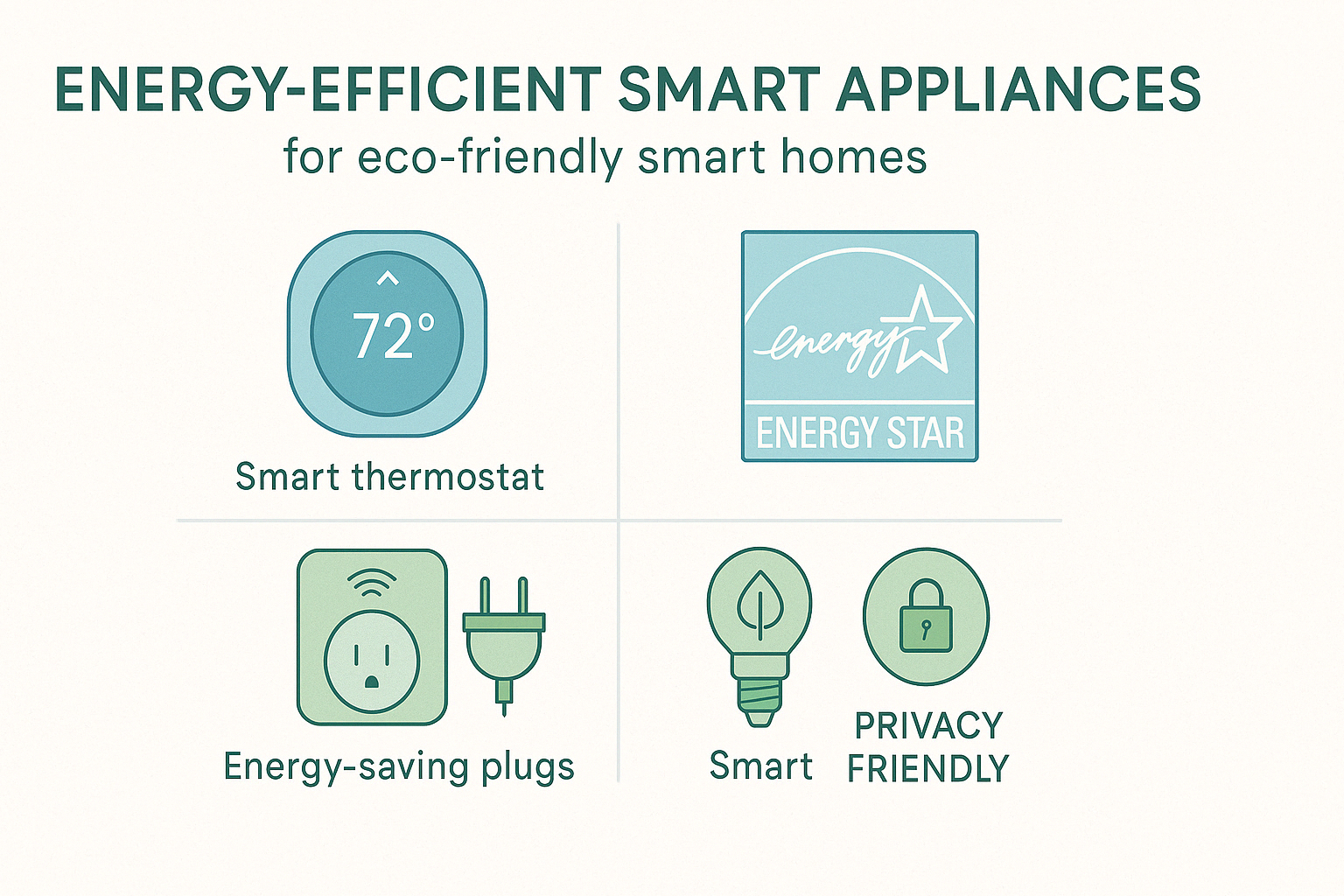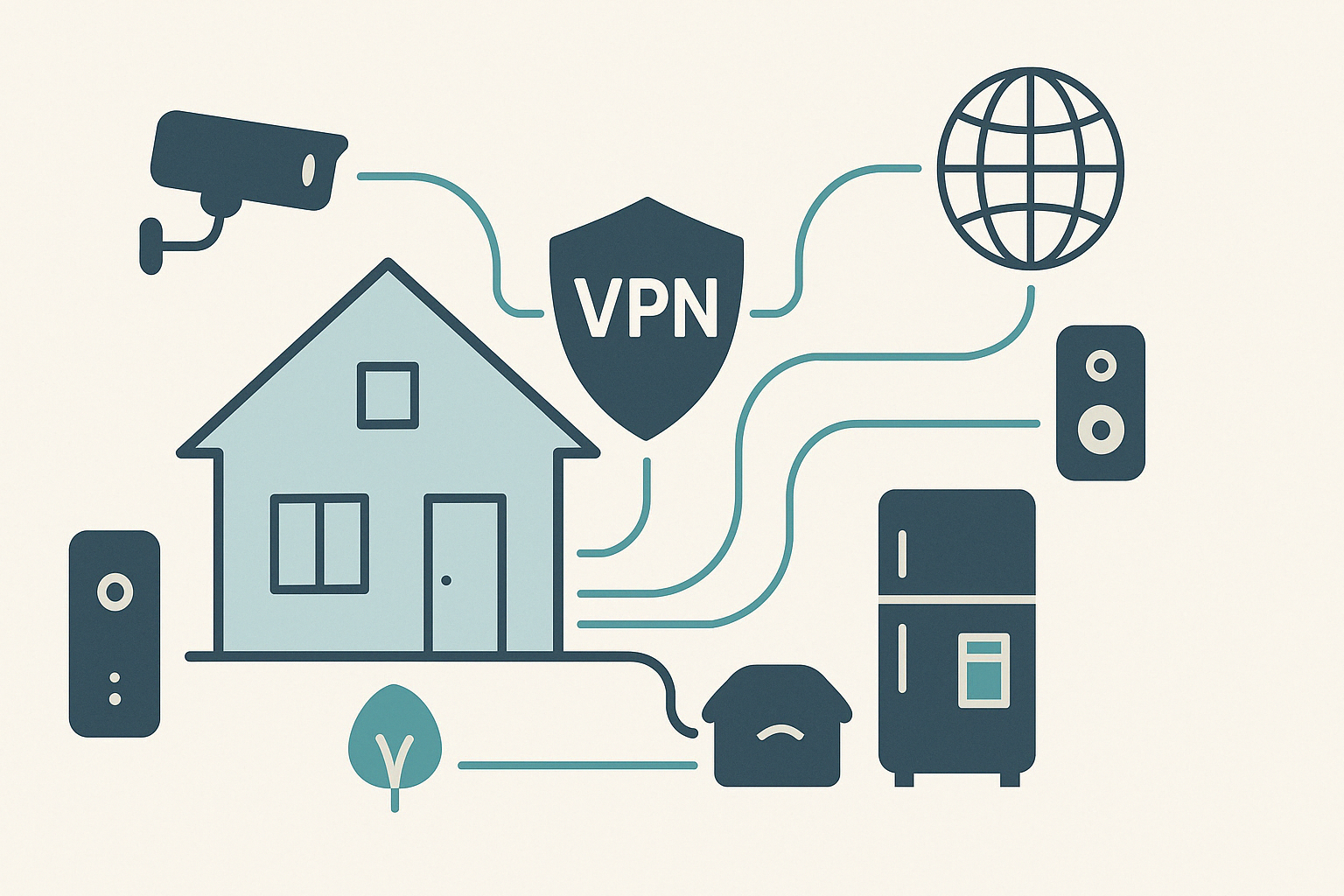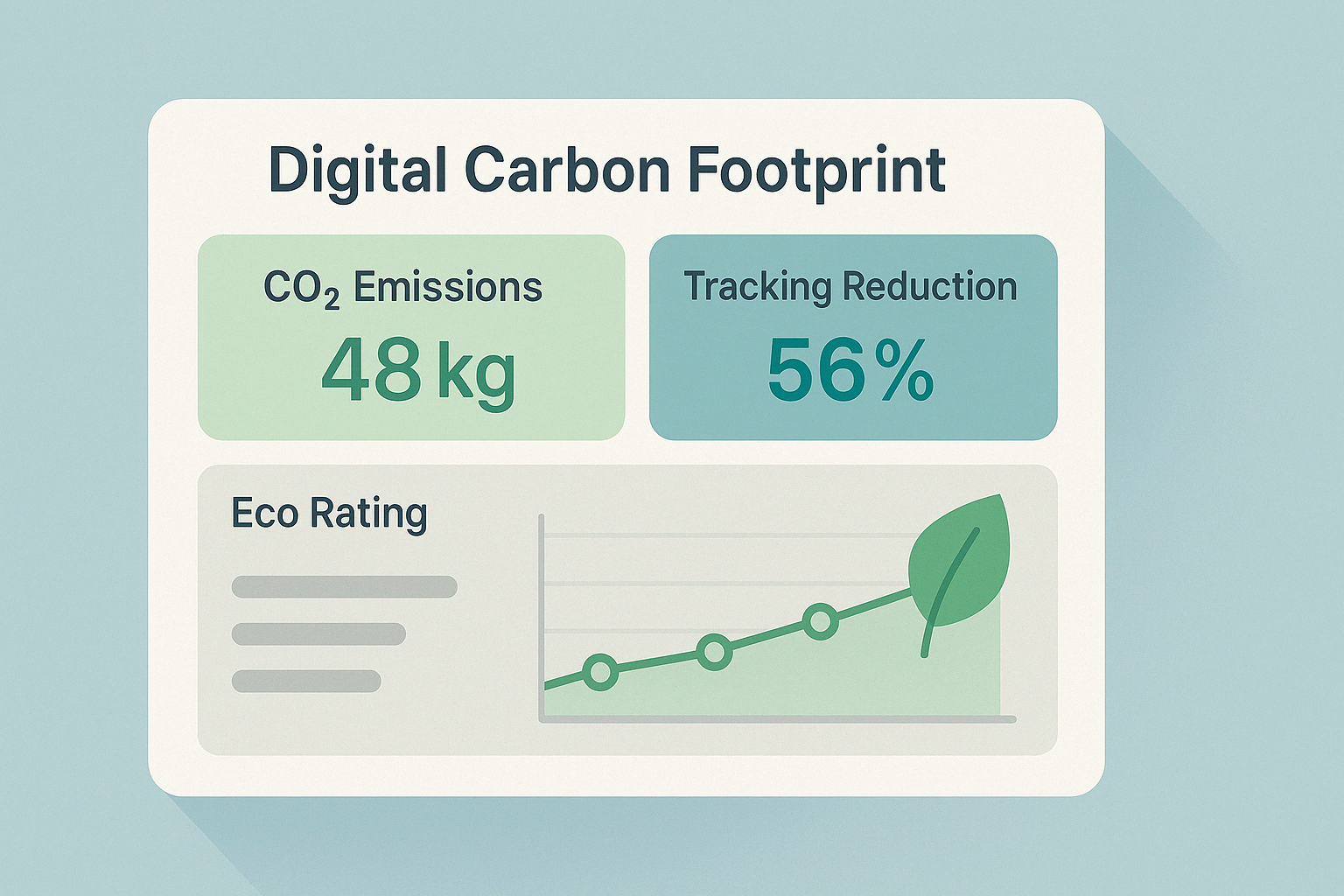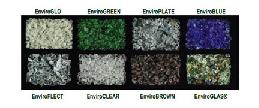
Smart homes are no longer a futuristic concept — they’re becoming a staple of modern eco-friendly living.
From energy-efficient lighting to automated thermostats, today’s homeowners are investing in connected devices that help them reduce their carbon footprint. But while these innovations offer convenience and sustainability, they also open doors to privacy concerns. Every smart device you connect adds another layer of data exposure — often without your awareness.
In this guide, we’ll show you how to upgrade your home with sustainable, smart technologies while protecting your digital privacy. You’ll discover practical tips for choosing energy-saving devices, using a VPN to secure your smart home network, and adopting digital habits that align with both your eco goals and your personal security.
Why Eco-Friendly and Smart Don’t Always Mean Secure
The modern smart home is a marvel of efficiency — learning your habits to save energy and automate comfort. But with each smart plug, camera, or voice assistant, a new data stream is introduced into your home network. This data often travels across cloud platforms, potentially exposing your routines, locations, and even conversations to third parties.
Smart devices are often designed with energy savings in mind — but not always with security as a priority. That means even in the most eco-conscious setups, your privacy can be at risk if you don’t take precautions. Without proper digital safeguards, your energy-saving ecosystem could become a vulnerable access point for cyber intrusions.
Step 1: Choose Energy-Efficient Smart Appliances

Look for Dual Benefits: Energy Star + Privacy Settings
Not all smart devices are created equal. While many promise energy efficiency, the most impactful choices also provide robust privacy controls. Look for ENERGY STAR-certified smart thermostats, LED bulbs, and smart power strips — these reduce power usage while supporting automation.
Recommended Device Features:
- Local control (doesn’t rely 100% on cloud servers)
- User-managed data sharing settings
- Two-factor authentication for app access
Smart Devices That Save and Protect:
- Smart thermostats: Learn your routines and adjust temperatures accordingly.
- Smart plugs: Shut off idle electronics automatically to reduce standby power.
- LED smart bulbs: Program schedules or automate them with motion sensors.
By choosing smarter smart devices, you’re reducing your energy use and your exposure to unnecessary data collection.
Step 2: Use a VPN to Secure Smart Home Networks
Why a VPN Is a Must-Have for the Smart Eco Home
Smart homes depend on constant connectivity — meaning your Wi-Fi network becomes the hub for potentially dozens of IoT devices. But your home router alone may not offer sufficient protection from digital threats like man-in-the-middle attacks or third-party tracking.
That’s where a VPN comes in.
A VPN (Virtual Private Network) encrypts the data traveling to and from your devices, shielding it from external snooping. This is especially important when:
- Using voice assistants (e.g., Alexa, Google Home)
- Managing smart cameras remotely
- Controlling your home from mobile apps while away
Benefits of Using a VPN in an Eco-Friendly Home:
- Encrypts smart device traffic
- Blocks ISP and third-party tracking
- Reduces unnecessary cloud server pings
- Supports digital sustainability by limiting data collection and storage
💡 Pro Tip: Some routers support VPN integration at the source — meaning all devices connected to your home Wi-Fi get VPN protection automatically. If your router is compatible, you can download VPN configuration files for routers here to enable secure, whole-home coverage with X-VPN.

Step 3: Manage Device Permissions and Data Sharing
Audit Your Smart Devices Like You Would Your Energy Bill
Just as you regularly check your electricity or water usage, you should also review the permissions granted to your smart devices. Many apps and appliances are overly permissive by default — sharing data with manufacturers, advertisers, or third-party platforms.
Steps to Reduce Digital Exposure:
- Disable voice logs and automatic cloud backups unless essential
- Turn off location services on smart lighting and thermostat apps
- Avoid “always-on” microphones or cameras when not needed
Privacy and sustainability intersect here — by limiting cloud-based tracking and unnecessary data transmissions, you reduce the energy needed to store and process your information.
Step 4: Automate Sustainably
Smart Automation That Doesn’t Waste Resources
Smart automation should serve your lifestyle without excess. Over-automating — such as turning lights on unnecessarily or running devices during peak hours — can negate sustainability gains.
Eco-Friendly Automation Ideas:
- Sunlight-based automation: Automate blinds or lighting based on ambient light, not time.
- Energy-saving routines: Turn off everything when your phone leaves the house.
- Motion-based automation: Use motion sensors in low-traffic rooms to reduce idle power use.
The goal is intentional automation — not just novelty. Smart homes should think with you, not for you.
Step 5: Monitor and Reduce Your Digital Carbon Footprint

Digital Waste Matters Too
It’s not just physical energy that counts — your online activity, cloud usage, and streaming habits contribute to your digital carbon footprint.
- Cloud services consume vast amounts of electricity for storage and transmission.
- Excessive data tracking creates redundant digital traffic, increasing server strain.
How VPNs Help Here:
- Limit tracking and targeted ads, which generate data-heavy content delivery
- Block auto-loading of tracking pixels, reducing unnecessary page weight
- Encourage minimal browsing habits, aligned with sustainable web design principles
Combined with mindful usage habits (like unplugging devices, limiting push notifications, or opting out of data-hungry platforms), VPN use becomes a quiet but powerful part of your sustainable tech lifestyle.
Conclusion: A Smarter, Greener, Safer Home
Building an eco-friendly smart home is about more than just saving on energy bills — it’s about making conscious choices that respect both the planet and your personal space. From energy-efficient appliances to privacy-first automation and encrypted networks, every step toward mindful living counts.
By adding tools like VPNs and practicing data discipline, you’re not just creating a greener home — you’re creating a smarter, safer one, too.



